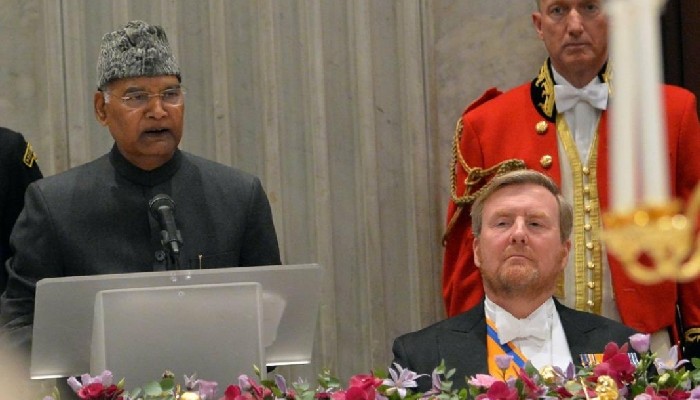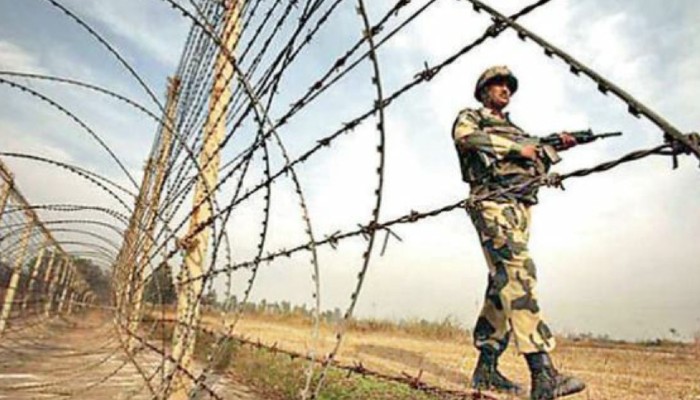No one could have expected that landmark August 5 decisions on J&K’s special status would be changed without turbulence
No one could have expected that the landmark decisions on Jammu and Kashmir’s constitutional and administrative status taken on August 5, 2019 would be without any followup turbulence in different domains. The problem of J&K has festered far too long for any single decision to even stabilise issues in the short term, which has since elapsed. In addition, Pakistan simply cannot be wished away after its 30-year investment in J&K’s proxy hybrid conflict. How turbulent or how stable is the situation at this stage is being perceived differently by observers, depending on political leanings and knowledge of the ground realities. From a comprehensive national security perspective, this needs examination in domains which usually constitute such a review.
Politically, the state remains under Governor’s Rule. Mainstream political activity is absent in the light of some political detentions and is unlikely for some time. A modicum of electoral activity has been seen with the Block Development Council elections, which are not direct elections. Governor’s Rule is expected to focus more on development parameters, as it’s needed to give a taste of the benefits which would travel to the populace. Past experience has shown that separatist sentiments and Pakistani calibration can create a huge security challenge. That has been effectively controlled with the absence of street turbulence and rabble-rousing. The frustration caused to Pakistani controllers has made them open the tap of propaganda against the inevitable controls, which have gone into arresting scope for creating a situation replicating the past; in 2010 and in 2016, the levers of control over turbulence in the streets were only partially used, leading to a fair degree of mayhem. Lessons having been effectively learnt from that experience, the balance between freedom and security appear to being altered with the progressive lifting of restrictions. The government’s approach has been that persistence of stability will automatically bring greater freedom and lifting of controls. Although the decision of August 5 was not taken with political consensus, it largely met political approval. Perhaps now is the time to give more access to the Opposition and seek its cooperation; it will also aid in opening to other organisations to take the heat off from the international glare.
The main angst in the populace, besides that arising from the inevitable loss of special constitutional status, appears focused on two things; first the perceived discrimination, specially due to restrictions on communications with mobile Internet under suspension (all other forms having largely opened), and second, a misplaced fear of being swamped by attempts at demographic change in the Valley. The first has brought much empathy in international political and media circles, with comments relating to the unsustainability of the government’s current policy. The government has held firm on the presumed premise that mobile Internet connectivity gives opportunity for subversion by Pakistan, systematic hardening of resistance to change through information operations, with social media contributing to the mischief potential. The second issue, demographic change, is fuelled more by rumour and must be addressed through more effective word of mouth communication, direct outreach and the media. Even Jammu does not want any such change.
If it is public angst that is identified as a threat, the answer lies in speaking directly to people. In the absence of effective media and Internet communications tools, this could be a possible way of bringing the national narrative closer to the understanding of ordinary citizens. The question is: who will do it? In the absence of mainstream political leaders from J&K, there must be willing hands who can be convincing and carry the right message. The mobile Internet facility, with backup of strong information buildup and influence capability in the hands of the government, should in due course not be seen as a serious risk; it could be seen as an opportunity and also help to build greater international support.
In the area of diplomacy, while India has scored well it’s a question of sustainability. Everything is linked to the perceived degree of freedom and not what the actual situation is. To that extent, organised visits byDelhi’s diplomatic corps could be undertaken; the initial negativity will soon give way to a better perception as repeat visits and comparisons are made. The international media, which has been decidedly against the Indian stand, is influenced considerably by Pakistan and its narratives. Unless ours are matching in content, volume and continuity, with the correct addressing of international think tanks, the international media will remain negative.
The overarching domain remains security, both in the hinterland and at the Line of Control or the international border. Preventing Pakistan’s ability to calibrate this should be one of the strongest priorities of the government, and it has been able to stave off threats quite effectively so far. Stability in the security domain will enable the fastest return to normality, including the lifting of all restrictions. Any presumption that winter is a low-profile period for terror activities is erroneous. Loss of intelligence capability against terrorists is inevitable in periods when the focus is on the streets and the socio-political domain. Where the security establishment, including intelligence agencies, have scored high is an area where their achievement was earlier very low. This is the domain of financial and overground worker networks, and it will sustain success to a far greater degree. Yet, no one has greater scope and opportunity to change the social discourse through hearts, minds and attitude than the Army and the police. They need to dwell on their soft power capability as much as hard power and expand this to the highest level. The LoC remains an area of concern with greater infiltration efforts accompanied by ceasefire violations in the Valley, which has not been seen for some years. The key to a stable summer next year lies in ensuring that infiltration remains under control. It’s again a misnomer that winter sees no infiltration; the level of desperation in the terror groups and their sponsors can lead to attempts to exploit the lower areas devoid of snow both in Jammu and Kashmir.
Overall, the momentous decisions of August 5, 2019 have altered the scenario at all levels — strategic, operational and tactical. This will remain a work in progress for a very long time. It’s still advantage India, though nothing is static in this game. A dynamic appraisal and open minds with more propensities for risk will retain that advantage for India.
 Contact Us
Contact Us  Subscribe Us
Subscribe Us









 Contact Us
Contact Us
 Subscribe
Subscribe
 News Letter
News Letter

